From the mouth of the Velika Morava into the Danube, near Kostolac (a plant of Kostolac Power Station), 100 km to the South-East from Belgrade, on a 450
hectare area, there is the archaeological location Viminacium, the largest
and most important Roman settlement in the Eastern Serbia. During the Czar
Hadrian, it was the center of the Moesia Superior. It was constructed in the
middle of the 1st century A.D., in the territory of the Scordisci Celtic tribe.
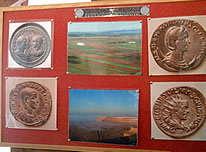 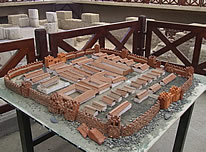
This castrum on the bank of the Mlava was founded by the 7th Claudius Legion
and they remained in it all the time by the end of the antique era. During
its history, Viminacium was developed into the most important military / political,
economic and cultural center and it played the decisive role in the events
important for the Empire survival, it was the collecting base of the Roman
troops in Traian's wars vs. the Dacians.
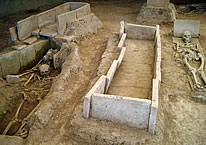 
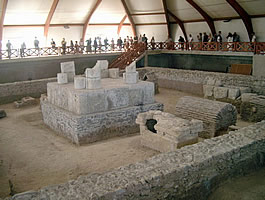 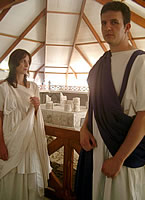
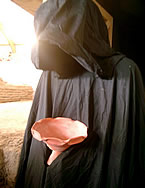 
|
|
Under
Hadrian, it got a privileged status, in the 3rd century, during Septimus Severus,
it was utmost flourishing, during Gordian III it got the right to forge coins,
in the 4th century it became the Episcopal center.
At the place of this first archaeological park in Serbia, 18 centuries ago,
there was a town with plated streets, villas, late antique basilicas, bathrooms,
plumbing, sewerage and central heated stone palaces, agricultural lands and
roads connecting Viminacium with other towns. In 249, the rebel Pacatian proclaimed
himself for the Emperor and founded the capital. Early 5th century, Viminacium
was completely destroyed by the Huns and, since it had the destiny of Pompaeia,
it was called 'The Balkans Pompaeia'. It was renovated by the Emperor Justinian.
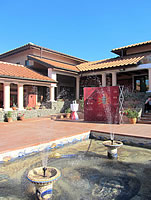 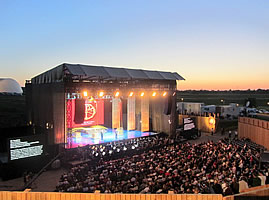
Since Viminacium is located on the development area of the surface coal mine
Drmno, efforts are put to save as much testimony of that time as possible.
So far, 13,000 graves were discovered, which is the world record for a location.
In the museum of the nearby town Požarevac, there are numerous items from
this location, tombstones, a unique Viminacium coast of arms with a Goddess
who puts her arms on the bull and lion heads as protection, as well as more
than 200 various forms of Roman coins with the faces of 14 Emperors.
This extraordinary tourist attraction is included in the programs of many
tour operators and it belongs to the compulsory destinations of the travel
groups who sail on the Danube through Serbia, on their way from Vienna to
Constancia.
|

